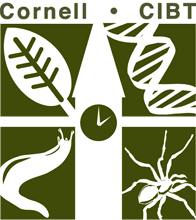Labs & Activities
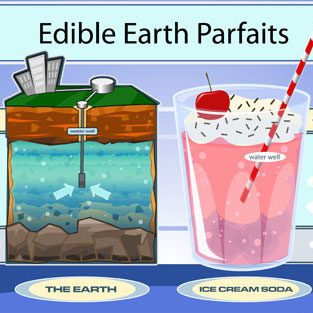
Edible Earth Parfaits- Groundwater Foundation
2012 CIBT Alumni Workshop
Ecology
Elementary School
Middle School
Physical Sciences
This activity uses soda, ice cream, sprinkles, colored sugars, and food coloring to represent the layers of Earth and aquifers under the surface. Students are instructed to “drill a well” with a straw and “pump the well” by sucking on the straw, as they watch the decline in the water… read more of the article entitled “Edible Earth Parfaits- Groundwater Foundation”
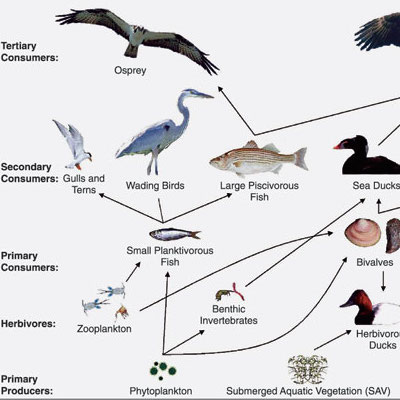
Food Chain Game- Delta Education
2012 CIBT Alumni Workshop
Ecology
Elementary School
High School
Middle School
In this activity, students investigate food chains by assuming the roles of animals that are part of a food chain. Downloads
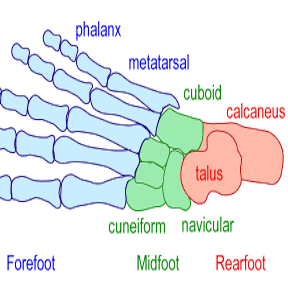
Metric Measurement
Animals
Elementary School
Inquiry/Scientific Method
Middle School
Physiology
Recently Updated!
Downloads Metric Measurement (Student Edition)
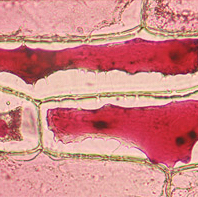
Microscopy and Cell Biology
Elementary School
High School
Microbiology
Middle School
Molecular Biology
Plants
Students will identify the parts of a microscope. Students will observe, manipulate, write and memorize. Students will also compute total magnification of the objective lenses. The lab can be modified to suit higher grade levels using the attached handouts for various observation stations. Downloads Pollen Station Red Onion Cell Station… read more of the article entitled “Microscopy and Cell Biology”

Mollusk Dichotomous Key
Animals
Ecology
Elementary School
Inquiry/Scientific Method
Middle School
In this lab, students will be introduced to the concept of a dichotomous key through the use of preliminary activities modeled by the teacher. They will then learn about the ecology and biology of selected marine mollusks, before putting their dichotomous key reading skills to the test on 8 or… read more of the article entitled “Mollusk Dichotomous Key”
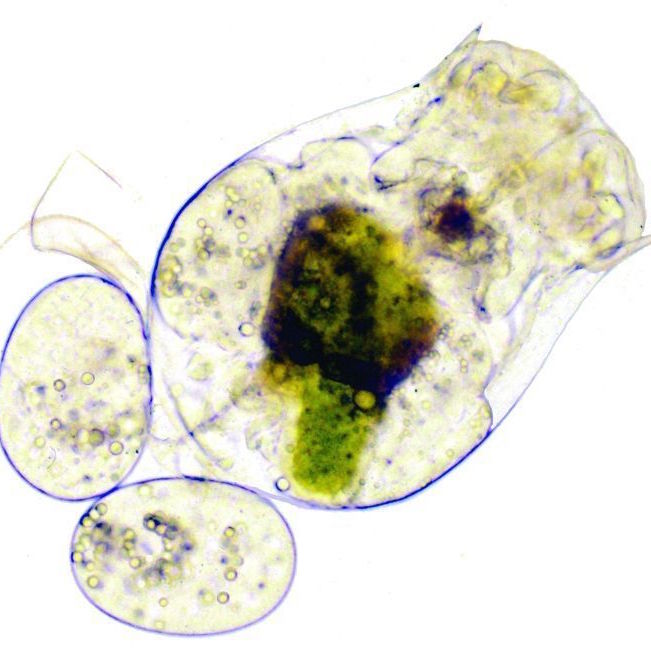
Rotifers Lab- Beth Chagrasulis
2012 CIBT Alumni Workshop
Animals
Elementary School
High School
Inquiry/Scientific Method
Microbiology
Middle School
These instructions detail how to collect bdelloid rotifers from moss, extract them, and view them under a microscope along with protozoa, nematodes, and tardigrades that also live in moss. Download Rotifer Article (Beth Chagrasulis) Rotifer & Tardigrade Collecting (Beth Chagrasulis)

Spice Lab
Elementary School
Human Health
Inquiry/Scientific Method
Microbiology
Middle School
Downloads Spice Lab (Student Edition) Spice Lab (Teacher Edition) Supplemental Reading: Why Cilantro Tastes Like Soap, for Some Supplemental Reading: Why 10% of the Population Hates Cilantro Supplemental Reading: Antimicrobial Functions of Spices
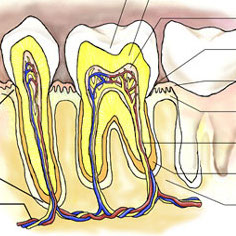
Teeth Unit
Elementary School
Human Health
Middle School
Physiology
Recently Updated!
Students will investigate the characteristics of teeth and what teeth can tell about an animal’s lifestyle: Students will sort and categorize 10 to 12 teeth. Given information about what canines, incisors and molars are, students will identify which teeth are which and why. They will predict which teeth came from… read more of the article entitled “Teeth Unit”
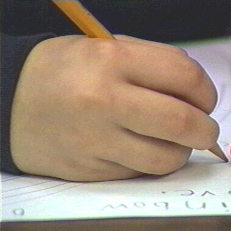
Vocabulary and Story Writing- Karen Cook
2012 CIBT Alumni Workshop
Elementary School
Inquiry/Scientific Method
Middle School
The RAFT strategy (Santa, 1988) employs writing-to-learn activities to enhance understanding of informational text. Instead of writing a traditional essay explaining a concept learner, students demonstrate their understanding in a nontraditional format. This technique encourages creative thinking and motivates students to reflect in unusual ways about concepts they have read…. read more of the article entitled “Vocabulary and Story Writing- Karen Cook”
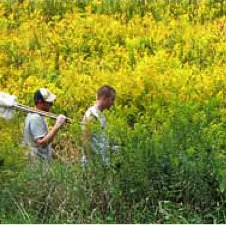
Web of Gold Activity- Robert Raguso
2012 CIBT Alumni Workshop
Ecology
Elementary School
High School
Inquiry/Scientific Method
Insects
Middle School
Plants
“Web of Gold” uses common autumn wildflowers to explore the hidden lessons of food webs. Different insects visit flowers in search of different resources, in varying levels of abundance. Students will observe visitors to a flower (or area of flowers) and record their species and abundance. Older students can explore… read more of the article entitled “Web of Gold Activity- Robert Raguso”
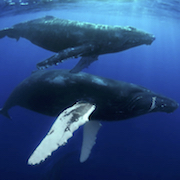
Whales
Animals
Ecology
Elementary School
Evolution
Middle School
The Whale Kit full teachers’ manual provided below contains background information, handouts, games, and laboratory exercises related to all aspects of whale biology, from the massive blue whale to the smallest harbor porpoise. Students will explore anatomy, evolution, feeding strategies, migration, communication, behavior, conservation, and cultural whale tales. Kit activities target elementary and middle school ocean science… read more of the article entitled “Whales”

World of Crickets
Ecology
Elementary School
High School
Inquiry/Scientific Method
Insects
Middle School
Recently Updated!
“The World of Crickets” is a series of lab activities involving live crickets kept in the classroom that can be modified to suit students of all ages. Lab 4 is best suited for older students, as it requires experimental design and execution. Lab 1: What Do Crickets Eat? Students will… read more of the article entitled “World of Crickets”

